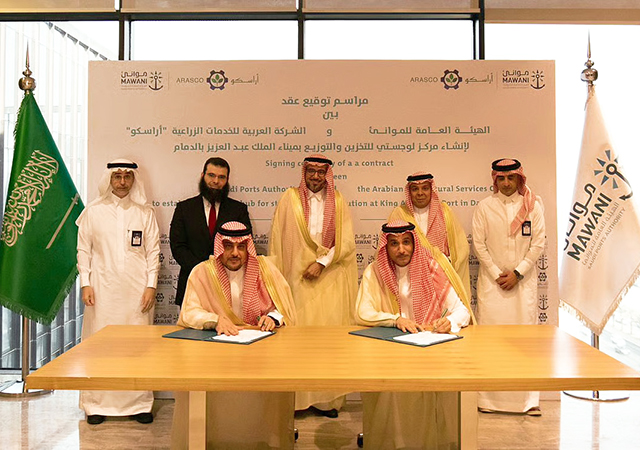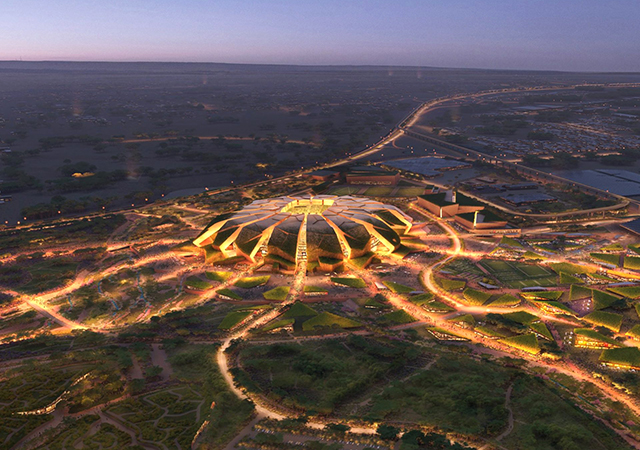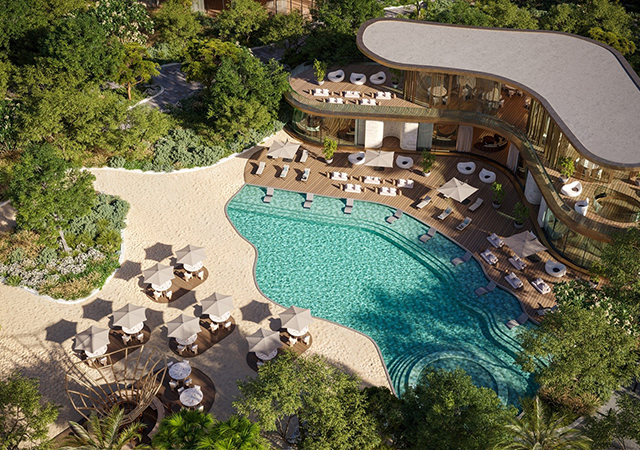 The Presidential Suite at the hotel.
The Presidential Suite at the hotel.
THE Sofitel Dubai Downtown, an optical art-inspired hotel, opened its doors in May this year.
An artistic address in the heart of the vibrant UAE city, the hotel rises gracefully amid the skyscrapers of Downtown Dubai. The hotel’s blue mirrored façade reflects the sea while the sandy marble at the rear recalls the desert.
The property resides in a prime location on Sheikh Zayed Road with amazing views of Burj Khalifa, the world’s tallest building and the Arabian Gulf coastline.
Soaring skywards on the upper floors, luxurious suites indulge with unique colour themes and Op Art motifs.
“Sofitel Dubai Downtown’s design is a combination of geometric chic and an oasis of art, and a fresh and unique property in the heart of the dynamic city,” says Klaus Assmann, the hotel’s general manager.
With over 35,000 sq m of interior space, this luxury five-star hotel has 350 spacious guest rooms including 76 suites, three restaurants, three bars and one café, 14 meeting rooms and a conference hall (with a capacity to accommodate 600 people), a spa and a gym.
 |
|
The feature chandelier in the lobby ... contains over 1.4 million pieces of crystal. |
The interiors of the rooms blend warm and bright colours harmoniously and optical art elements that create a home away from home atmosphere. Marble bathrooms, deluxe French amenities such as Lanvin and Hermes, Sofitel’s MyBed concept (an all-feather bed and extra light down duvet), free wi-fi and Nespresso coffee machines are just some of the features the guest can find.
The Dallas office of Wilson Associates, led by design director May Poon and senior vice president, principal James Carry, designed this ‘art hotel’. Other key players include ACC as the main contractor, Lead Development as the project manager and client representative, Alec Fitout as the fit-out contractor, and KEO as the quantity surveyor.
Understanding and interpreting the concept is integral to successfully bringing the design to life. A build ability framework was established through close communication between the fit-out contractor, Alec Fitout, Wilson Associates and the client team, according to Damien Kelly, design manger, Alec Fitout.
Detailing and interfaces between interior design (ID) works and services such as IT (information technology), AV (audio-visual) and MEP (mechanical, electrical and plumbing) are crucial to realising a successful execution. For all areas, the concept design from Wilson Associates formed the backbone for the engineering. On the detail development by Alec Fitout, drawings were produced to demonstrate the build ability of each component and if needed, details were work-shopped to develop a more streamlined execution. “There were a total of 1,266 shop drawings issued to the client team. For the hotel circulation areas, Alec Fitout pursued the concept design with further input and suggestions from the client and operator. Every effort was made to ensure the concept was respected, but also the functionality of the building was maintained and understood,” says Kelly.
Co-ordination of packages
 |
|
Beds by the poolside ... amazing views of Burj Khalifa. |
Co-ordination of the base build and MEP services is critical when looking to develop a quality product. To ensure MEP was understood and considered by all stakeholders, Alec Fitout illustrated these requirements on the co-ordinated shop drawings. “It is important to understand what the final product will appear like and ensure the client has an opportunity to comment on any concerning issues,” says Kelly.
He continues: “To work though each area, we arranged and participated in workshops with the main contractor and consulting engineers to foresee possible hurdles in MEP co-ordination. Any issues where highlighted to the client and a co-ordinated effort to ensure the works on site moved at the correct speed and accuracy.”
“The client and consultant team wanted to create an outstanding hotel with a distinctive personality, where guests could discover a haven of luxury, and privacy. A place to relax, work, and celebrate as you like, when you like. The Sofitel vision of a luxury hotel is to magnify the five senses from the lobby to the spa and make life ‘magnifique’,” says Eleni Paraskevopoulou, marketing and communications manager, Sofitel Dubai Downtown.
Commenting on the design, Poon says: “Each space was designed for its function and inspired by a different piece of art. Contemporary sculptural light fixtures in the public spaces, three-dimensional architectural wall panels in rooms, graphics on stones floors and carpet designs, are some of the main design elements. Our team also had fun with colour. The entire hotel is bright and full of energy.”
Some of the technically challenging materials and striking features include:
• Bamboo: due to its inherent natural properties, matching grains and colour
of panels needed to be closely monitored and managed;
• Carpets: Alec Fitout participated in the co-ordination and development of the carpet schemes closely with Wilson Associates to ensure the desired end product was achieved. This was a timely process, but worthwhile when achieving the final product.
 |
|
The spa’s reception area. |
• Chandelier design development: Alec Fitout arranged and co-ordinated chandelier mock-ups to demonstrate to the client the appearance on crystal and LED (light-emitting diode) selection, to enable the client to understand the products and the possibilities. These demonstrations provided an insight to assist in decision making. The feature chandelier in the lobby area, which is encompassed in an elliptical leather ceiling, contains over 1.4 million pieces of crystal!
• Acrylic screen to the all-day dining: These screens required calculated engineering development to ensure the design intent was maintained while also ensuring the co-ordination with adjacent services and structural supports. Samples were prepared and demonstrated to the design team and the client until the desired and buildable solution was agreed.
Project inspiration
“The overall concept was to be an iconic contemporary French design, with unique and memorable colour schemes. It was to be inspired by French art,” says Poon.
The general concept was contemporary with the use of abstract colours and shapes. The bamboo timber to the rooms offers a light airy feel with a punch of lime/green to offer contrast. The use of colour, especially through the carpet design, offers a more abstract feel throughout.
“Obviously, I’m proud of the entire project, but on a more personal level, I’m proud of the SoSpa. I really enjoy spa design, so this was fun for me. It’s based on the lily flower. The main chandelier in the reception area is a custom hand-blown glass piece inspired by the seed pods of a lily. We also had great fun with contrast: The furniture is white, the walls are dark stone; one wall in the corridor is white-textured plaster, while the other side is a dark stacked stone. I also like the free-standing glass sculptures and wild pieces of artwork throughout the space,” adds Poon.
 |
|
Food and beverage offerings ... La Patisserie, Les Cuisines (right) and The 31 (below). |
“Alec Fitout and Wilson Associates worked closely with the client’s consultants team to realise the concept design and maintain high quality of finish throughout the hotel,” says Kelly.
The design team from Wilson Associates was based in the US so the majority of the correspondences were mainly conducted via emails. Over 960 RFIs (requests for information) were raised by Alec Fitout where clarification was required ensuring correct design direction was being followed. There were however, numerous workshops on site between both teams where the design detail and co-ordination of the design concept development took place. The workshops were conducted in the presence of the client team so that they could have a first-hand knowledge on the design and detail progress.
Says Kelly: “Alec Fitout arranged workshops for the review and approval of materials, where we would gather options for Wilson Associates to review. Close contact was kept between our teams to ensure we were able to provide accurate samples for the design team. In total, 459 material submittals were submitted during the execution of the works.
“During all stages of the project, Alec Fitout and Wilson Associates worked closely together to determine the best possible product for the client. Proposing alternative local finishing whilst maintaining quality, specification and aesthetic, Alec Fitout engaged local suppliers and manufactures to produce selected elements of the building fit-out. This option allowed us to monitor progress and material quality on a regular and continuous basis. The approach also offered the client the opportunity to visit factories and workshops to monitor the progress of the fit out.
“We also participated with the equipment specialists with regards to the cooking and operation equipment. This co-ordination allowed for the operation requirement of the kitchen and front of house with the concept design for counters and fixed design elements. The product has to appear as intended but also function as necessary.”
Challenges
 |
|
|
Kelly says the design and procurement teams utilised their strong local and international network of suppliers to ensure a high quality of finish with a competitive budget guaranteeing the client good value for their spend. “The project contains a mix of specified furnishing and fixtures from Europe and North America and this is combined with finishes from the local market and region. A close co-operation between Alec Fitout and Wilson Associates was required during the material submittal and approval stages to ensure the proposed local and alternative finishes matched or exceeded the specified products.”
Finishes
Sofitel Downtown Dubai has been decorated by more than 10,000 separate items of furniture and lights, manufactured, purchased and shipped from 35 different manufacturing houses in 15 countries. The upholstered elements were adorned by 55 different types of fabrics and leather from 20 editors and tanneries. The item quantities ranged from one-of-a-kind bespoke item to some 700 bed side lights.
Bamboo timber was the base material. Other materials include acrylics and crystal white stone offering a very minimal and clean finishing.
Crystal chandeliers have added a sense of sophistication to the circulation areas and the ambitions carpet designs have added a touch of modern flair.
The major suppliers to the project included Al Ain Marble, which supplied 8,000 sq m of marble; Dar al Zakrafa, 30,000 sq m gypsum; Ulster Carpets, 19,000 sq m carpet; and Lasvit for chandeliers and feature lighting; while 50,000 m of fabric and leather was installed.







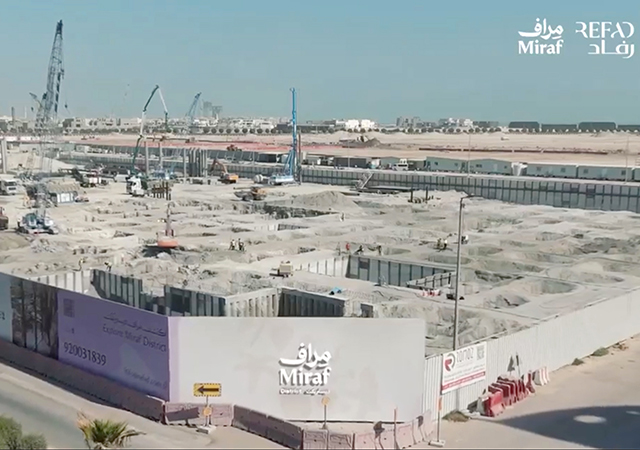
.jpg)




.jpg)

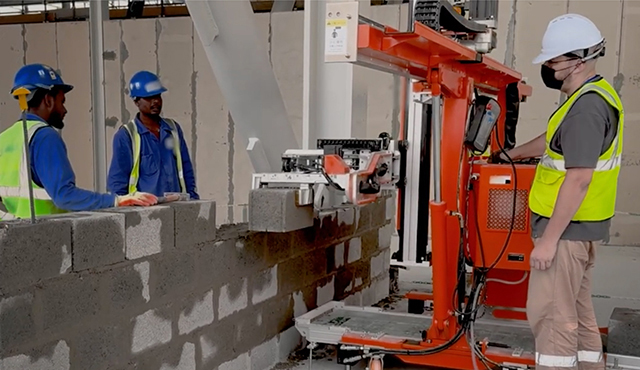

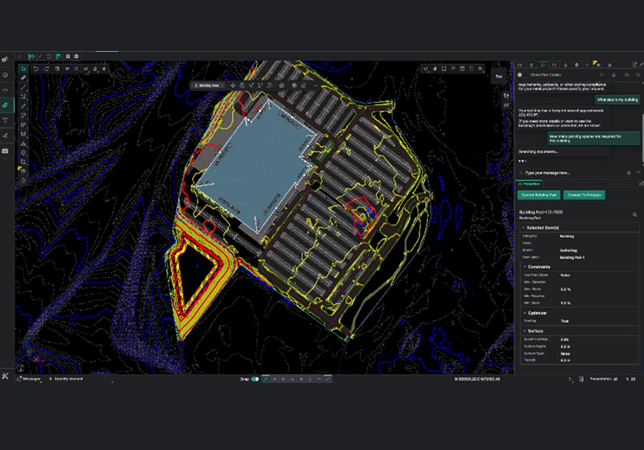



















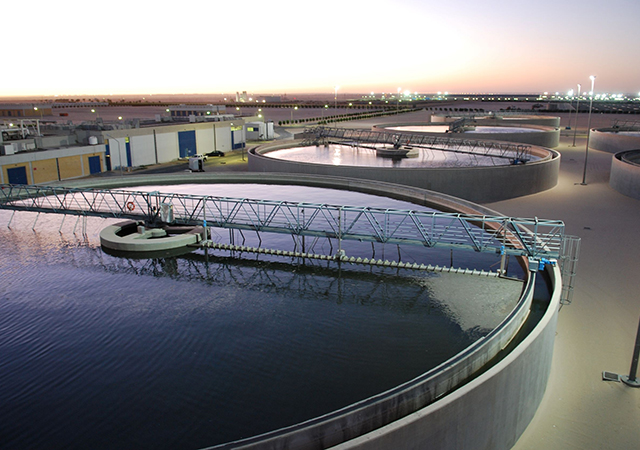


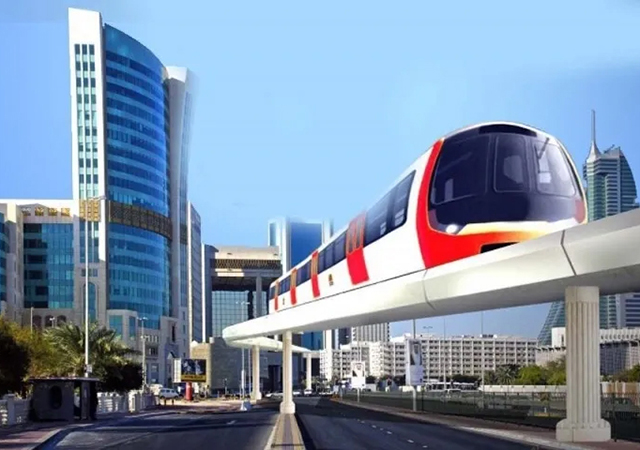

.jpg)




